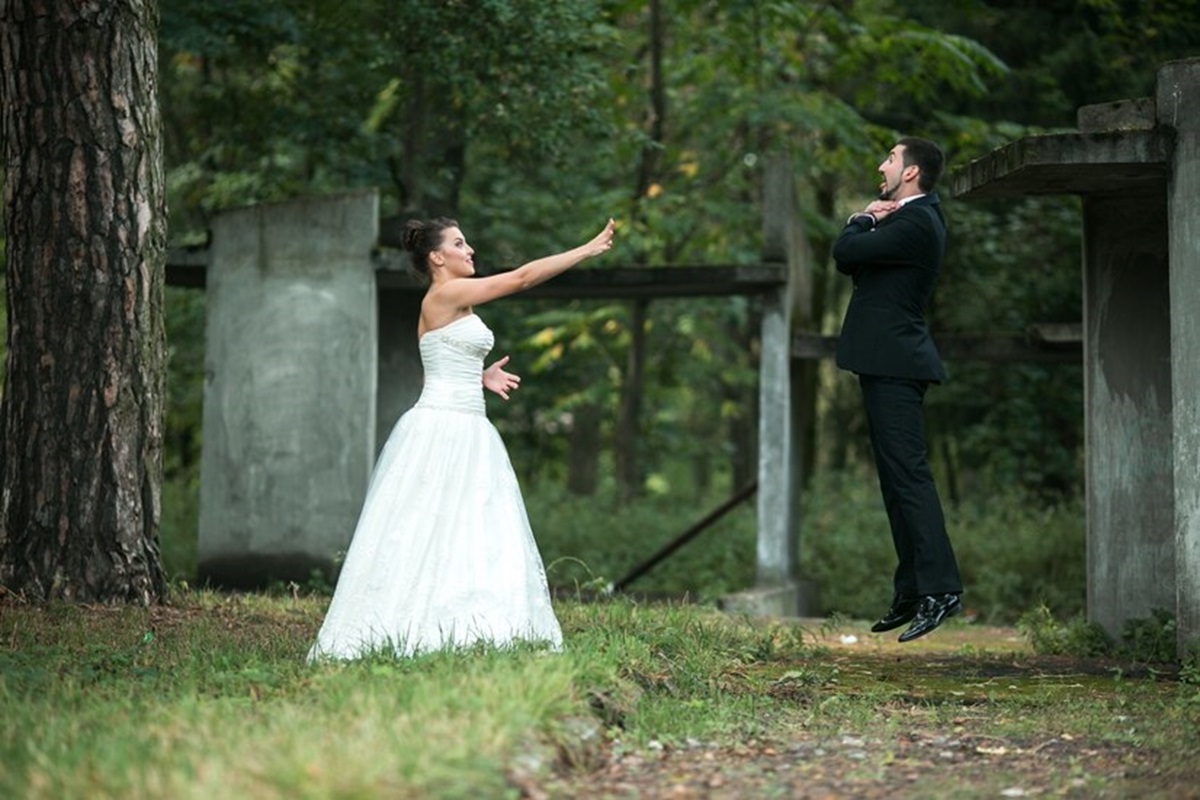Planning your dream wedding is an incredibly exciting time, but it can also feel overwhelming when it comes to finances. Creating and sticking to a realistic wedding budget is absolutely essential for a financially healthy start to your married life. The good news is, it’s possible to have the wedding of your dreams without breaking the bank!
Let’s break down the process of building a successful wedding budget.
Step 1: Determine Your Overall Financial Picture
Before dreaming of floral arrangements and multi-tiered cakes, it’s important to be honest about your finances:
- Savings: Assess your current savings. Don’t dip into funds meant for emergencies or other major life goals.
- Potential Contributions: Will family members be contributing financially? Have open conversations early on to avoid misunderstandings later.
- Income: Calculate how much you can realistically save each month towards your wedding fund.
Step 2: Prioritize Your Wedding Vision
- Make a List: Brainstorm your absolute wedding must-haves. Is it an extravagant venue, a live band, or a designer dress?
- Rank Your Priorities: Decide what matters most to both of you. This will guide your budgeting decisions. Be prepared for some compromises!
- The Guest List: A major cost factor! A preliminary headcount will help you start visualizing necessary expenses.
Step 3: Research and Estimate Costs
Now it’s time for the fun part – getting cost estimates!
- Venue: Consider your guest list size, desired location, and preferred catering options.
- Photographer/Videographer: Styles and packages vary greatly, so shop around for the best fit.
- Florist and Decor: Get quotes for floral arrangements, centerpieces, and additional decorations that match your vision.
- Music: Live band, DJ, or a curated playlist? Factor in entertainment costs.
- Attire: Account for both of your outfits, alterations, and accessories.
- Favors and Gifts: Decide early on whether these are must-haves or an area to cut costs.
Step 4: Create Your Budget Breakdown
It’s time to organize the information and set limits for each category. Here’s a sample breakdown as a starting point. Adjust percentages to reflect your priorities:
- Reception Venue, Catering, & Rentals (45%)
- Photography and/or Videography (12%)
- Reception Music/Entertainment (10%)
- Flowers & Decor (10%)
- Wedding Attire (9%)
- Stationery (3%)
- Wedding Rings (2%)
- Cake (2%)
- Transportation (2%)
- Favors & Gifts (2%)
- Miscellaneous/Contingency Fund (5%)
Step 5: Track Your Spending
Staying organized is key!
- Spreadsheet: Create a detailed spreadsheet or use a budgeting app to track every expense, vendor deposits, and payments due.
- Flexibility is Key: Leave that contingency fund for unexpected costs. It’s better than dipping into savings or going into debt.
Wedding Traditions to Toss: Personalize Your Day and Ignore Outdated Rules
Pro Tips for Smart Saving
- Off-peak Dates: Consider a weekday or off-season wedding for potential discounts.
- DIY: Utilize your talents for decor, favors, or even invitations, if possible.
- Limit “Plus-Ones”: Guest lists can quickly escalate! Be selective.
- Rentals and Reselling: Rent your dress or decor items, and consider reselling afterward to recover costs.
- Ask for Help: Instead of gifts, could guests contribute their skills (photography, music, etc.)?
Real-World Examples
Example 1: A couple with a $15,000 budget might allocate $6,750 for the venue/catering and a greater percentage to the photographer as it’s a top priority.
Example 2: A couple with a DIY spirit and a $20,000 budget might allocate a smaller percentage towards venue/catering to allow more spending on attire and entertainment.
Remember: It’s YOUR Wedding
Don’t feel pressured to replicate what you see online or succumb to societal expectations. Financial well-being and a joyous celebration should be at the heart of your wedding budget.
Planning your finances can alleviate wedding-related stress. Be patient, communicate openly, and embrace a little creativity to manifest your unique and beautiful wedding day!





